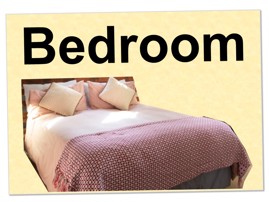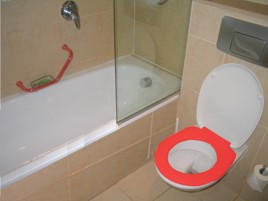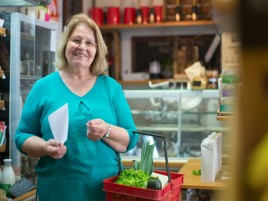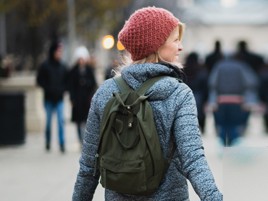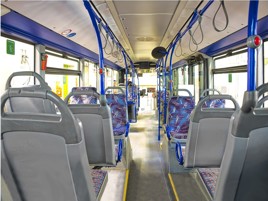This advice has been produced as a Dementia friendly information guide by the Dementia Focused Occupational Therapist and the Commissioning Officer for Dementia from Sheffield City Council.
It can be used as a stand-alone document, or the relevant sections can be shared with people as part of a professional’s intervention to inform a person about Staying Steady and Independent with Dementia.
For more information contact Charlotte Sutcliffe.
Email: charlotte.sutcliffe@sheffield.gov.uk.
Useful links
Dementia Advice Sheffield – advice for professionals.
Age UK Sheffield: Dementia services for professionals.
Call: 0114 250 2875.
Dementia Advice Sheffield – advice for the public.
Age UK Sheffield: Dementia Advice Sheffield.
Call: 0114 250 2875.
Sheffield Directory advice on Dementia support.
Dementia Support in Sheffield.
References
Chartered Society of Physiotherapy: Get up and go leaflet (PDF, 2.65 MB).
Age UK: Staying Steady Guide (PDF, 4 MB).
Images
Some of the pictures used in this advice were created for the South Yorkshire Dementia Alliance, a group of organisations who are taking action to do more for people affected by Dementia.
Age UK Sheffield: South Yorkshire Dementia Alliance.
Thanks also to Marney Walker (Independent Occupational Therapist and
Lab 4 Living PhD Student), and Dementia Together Online.
Dementia Together Online: Resources and activities online.
With thanks to
Ashley Bailey, Occupational Therapist, Equipment & Adaptations, Sheffield City Council.
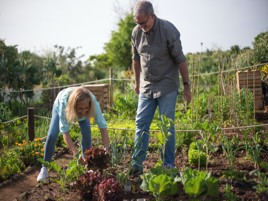
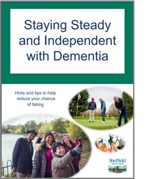 This page has advice on steps you can take to help yourself to stay steady and independent with Dementia.
This page has advice on steps you can take to help yourself to stay steady and independent with Dementia. You might be nervous because you’ve had a fall already – or because you’ve noticed you’re starting to feel unsteady on your feet.
You might be nervous because you’ve had a fall already – or because you’ve noticed you’re starting to feel unsteady on your feet.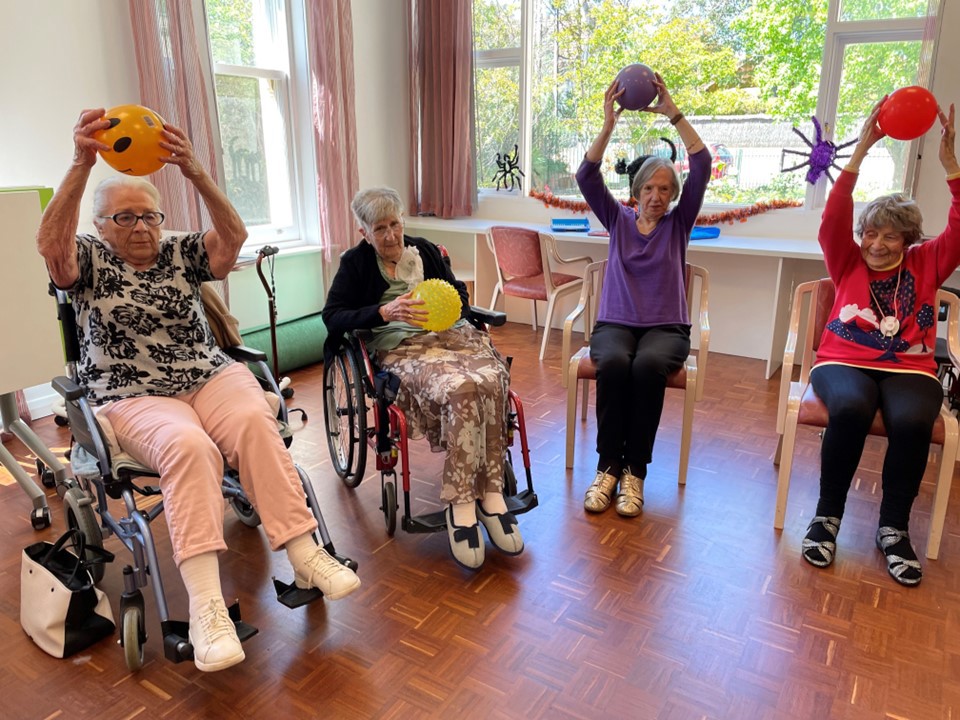
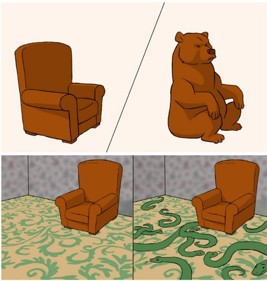
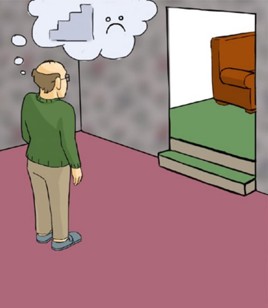
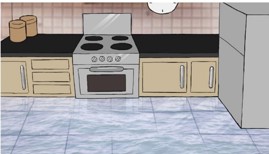
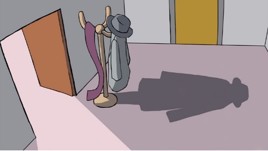
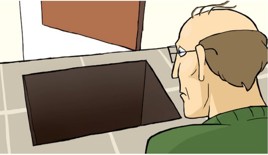

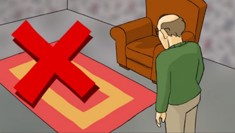



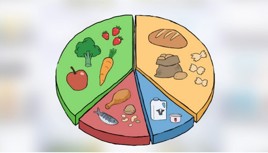

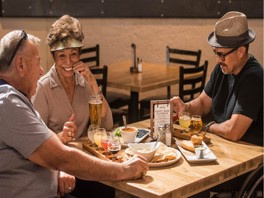
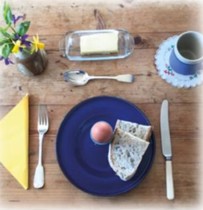
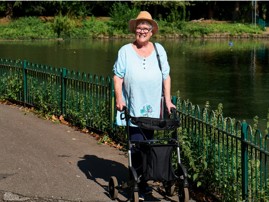
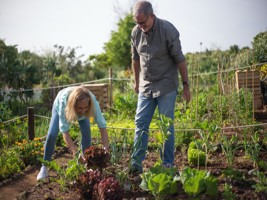
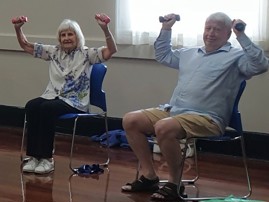
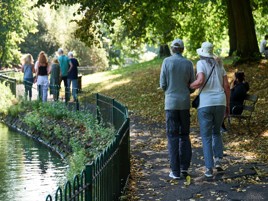

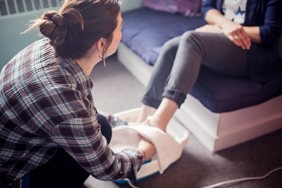
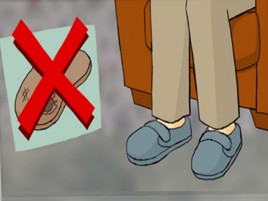
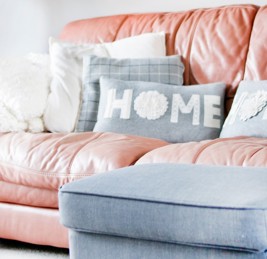 • Sometimes objects blend into the background if they are a similar colour so you may not notice them.
• Sometimes objects blend into the background if they are a similar colour so you may not notice them.
